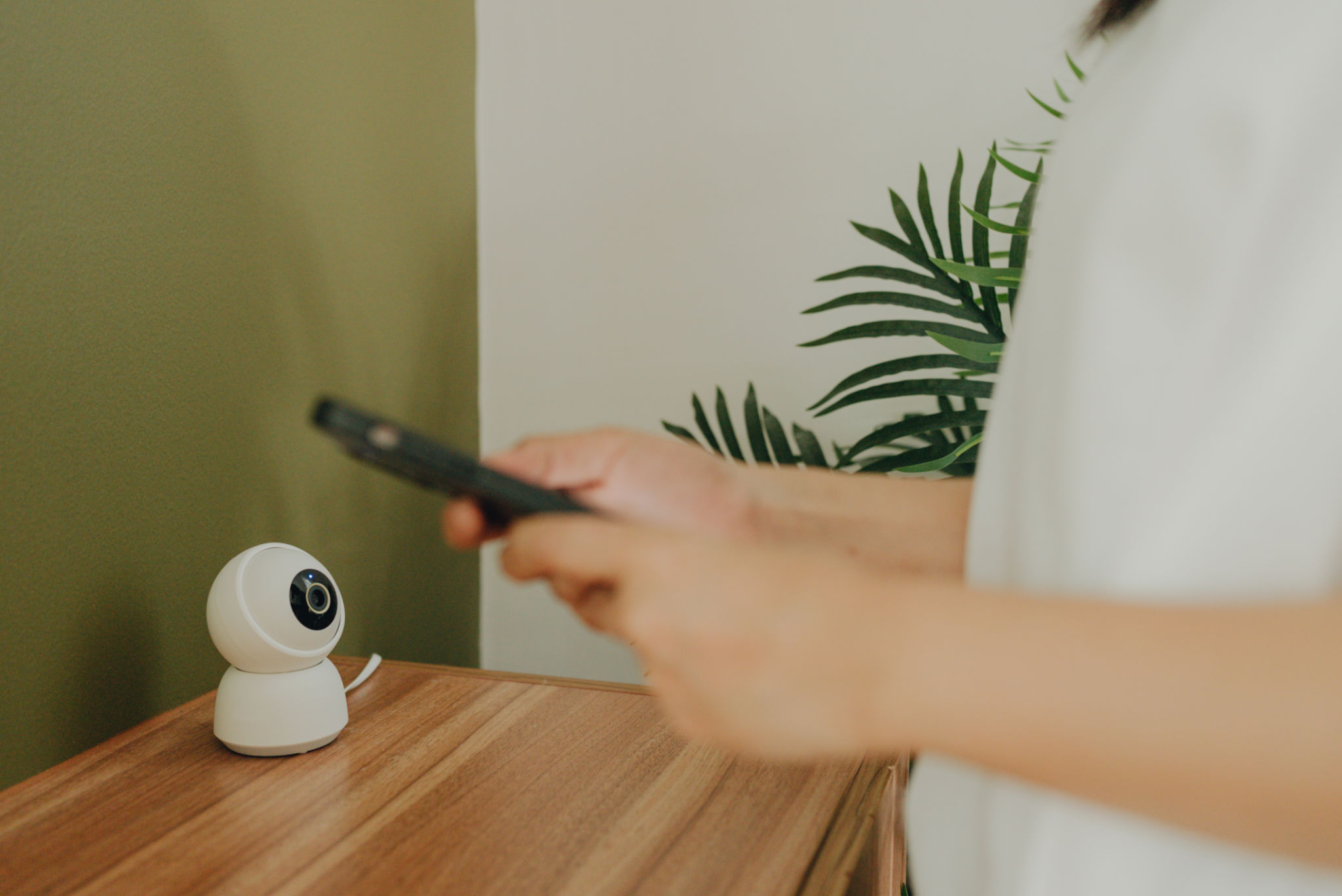DIY Tips for Setting Up Your Home CCTV System
Understanding Your Needs
Before setting up a home CCTV system, it's crucial to understand your specific security needs. Are you looking to cover the front door, backyard, or both? Do you need night vision capabilities? Assessing your property's layout and identifying vulnerable areas will help in choosing the right cameras and equipment.
Consider whether you want a wired or wireless system. While wired systems are generally more reliable, wireless systems offer flexibility and easier installation. Determine the number of cameras needed and their placement for optimal coverage.

Choosing the Right Equipment
Selecting the right equipment is vital for an effective CCTV system. Look for cameras with at least 1080p resolution for clear images. Cameras with infrared LEDs are essential for night vision. Additionally, consider the field of view; a wider angle can cover more area with fewer cameras.
For storage, choose between local storage options like DVRs or cloud-based solutions. While DVRs offer more control, cloud storage provides convenient access from anywhere. Make sure your choice aligns with your budget and accessibility preferences.
Additional Features to Consider
Modern CCTV systems come with a variety of advanced features. Motion detection can alert you to unusual activity, while two-way audio allows you to communicate through the camera. Mobile app integration is also beneficial, providing real-time monitoring from your smartphone.

Installing Your CCTV System
Once you've selected your equipment, it's time to install your CCTV system. Begin by planning the camera placement for maximum coverage. Mount cameras at a height that prevents tampering but provides a clear view of the desired area.
For wired systems, run cables discreetly along walls or through ceilings. Ensure all connections are secure to prevent disruptions. Wireless systems require a stable Wi-Fi connection; position routers carefully for strong signal strength.
Testing and Adjustments
After installation, test each camera to ensure they're functioning correctly. Adjust angles and settings as needed to capture the best footage. Regularly checking and maintaining your system will ensure it remains effective over time.

Ensuring Privacy and Compliance
When setting up a home CCTV system, it's essential to consider privacy concerns and legal compliance. Avoid pointing cameras at neighbors' properties or public spaces. Familiarize yourself with local regulations regarding surveillance to avoid potential issues.
Inform family members or tenants about the presence of cameras. Transparency can help mitigate privacy concerns and ensure everyone is comfortable with the security measures in place.
Maintaining Your System
Regular maintenance is crucial for keeping your CCTV system in top condition. Clean camera lenses periodically to ensure clear footage. Check connections and power supplies to prevent potential failures.
Updating software and firmware is equally important; manufacturers often release updates to improve performance and address security vulnerabilities. Staying up-to-date will help maximize your system's effectiveness.

Conclusion
Setting up a home CCTV system can be a rewarding DIY project that enhances your property's security. By understanding your needs, selecting the right equipment, and following proper installation procedures, you can create an effective surveillance solution tailored to your specific requirements.
Remember that ongoing maintenance and adherence to privacy regulations are crucial components of a successful CCTV setup. With these tips in mind, you'll be well-equipped to safeguard your home and enjoy peace of mind.
